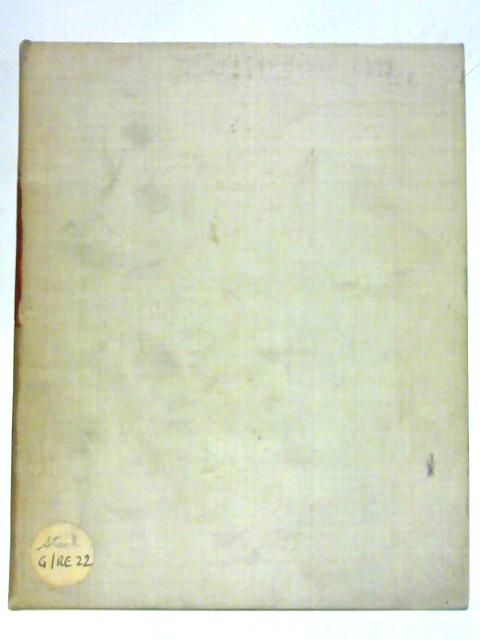

Poems, Epistles and Songs: chiefly in the Scottish dialect, 1788, by Robert Galloway - dark blue cloth binding with paper labelĢ. L’art de nager, 1782 by Melchisédec Thévenot - brown leather with smooth spine, gold fillets and tooling creating a chevron pattern, red leather labelġ. The Golden Treasury, 1904, by Francis Turner Palgrave - red morocco with raised bands and ornate floral gilt tooling and title, by Riviere & Sonsġ1. The Image of Bothe Churches: Hierusalem and Babel, vnitie and confusion, obedienc and sedition, 1623, by Matthew Pattenson - original plain vellum with slightly raised bandsġ0. The Art of Warre, 1639, by the Lord of Praissac - plain leather with slightly raised bands, red label with gilt letteringĩ. Breve trattato del mondo, et delle sve parti, semplici, et miste, 1571, by Giasone De Nores (16th Century) - original parchment smooth spine, handwritten title and shelf numberĨ. Les oeuvres de François Villon, 1723 - brown mottled calf with smooth spine, diagonal gilt fillets, creating a net effect, red and green leather labelsħ. Tales of the Old Regime and The Bullet of the Fated Ten, 1897, by Price Warung - pictorial paper bindingĦ. L’office de la Semaine Sainte, 1698 - red morocco with raised bands, compartments gilt tooled with fleur-de-lys motifsĥ. Hunter’s historische Nachrichten, 1794, by John Hunter - marbled paper binding with printed paper label with gilt letteringĤ. The New Testament of our Lord and Saviour Jesus Christ, 1667 - leather binding with raised bands, each compartment with gilt fillets and toolingģ.

Marooned on Australia, 1896, by Ernest Favenc - pictorial cloth bindingĢ. This story appears in Openbook Winter 2021. Maggie Patton is the Library’s rare books expert. Colour-coding bookshelves may be fashionable today, but that’s hardly a challenge compared to arranging by leather type, lettering or golden lustre! It might have been replaced due to overuse, or rebacked to suit the latest fashions in bookbinding. But collectors should take care: the spine is the weakest point in a book’s structure. Styles of spine decoration changed over the centuries, and in older collections it’s almost possible to date a shelf of books simply by examining them. The title and author’s name would be tooled in gold onto the label, which was then fixed to the spine. Sometimes the title was written or tooled directly onto the spine, or a paper label was used.īy the eighteenth century, it was common for a spine label to be made from a thin piece of coloured leather. From the sixteenth century, the title of a book appeared horizontally near the top of the spine, often abbreviated to fit. The way in which the title is placed on the spine has also varied over time. Binders eventually developed techniques to hide the cords completely and create a smooth spine. The bands provided a perfect frame for the skills of the binder as they practised their tooling and gilding skills. Thick bands standing proud of the spine gradually disappeared towards the end of the seventeenth century, with lighter cord replacing the leather. The shape, number and thickness of the bands on a spine often gives a clue to the age of the binding.
Vallum spine series#
In other books, the strips were left to stand out from the text block, so when the binding material was placed over the spine, the strips formed a series of ridges that bookbinders call bands. These strips were sometimes hidden by cutting grooves in the back of the text block made up of all the gatherings.

A well-designed spine became an opportunity for booksellers to promote their publications, for binders to show off their skills, and for collectors to create the ultimate personal ‘shelfie’.īefore modern bookbinding, most books were held together by sewing the ‘gatherings’, or sets, of pages onto supporting strips of leather or cord. More books could fit on shelves if they were upright and tightly packed together, which focused attention on the spine - the central support structure that holds the book together like the spine of the human body. In the earliest libraries, in medieval times, books were placed horizontally on shelves with their spines facing inwards.īut as more books were being produced in the sixteenth century, storage became a bigger challenge.


 0 kommentar(er)
0 kommentar(er)
